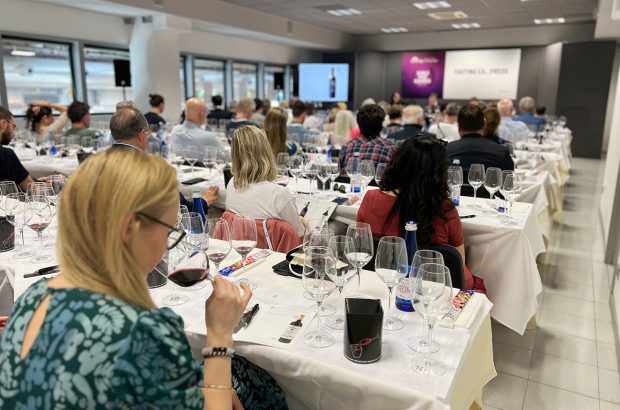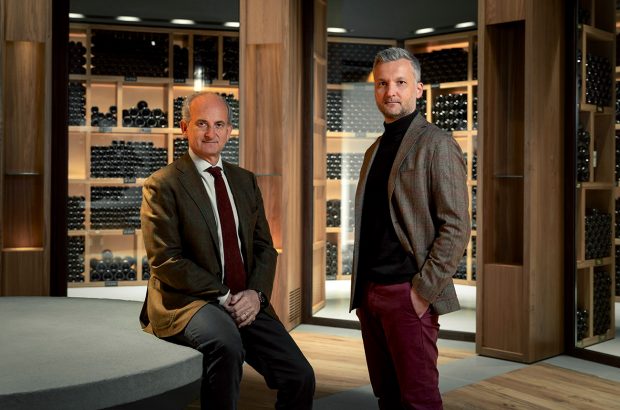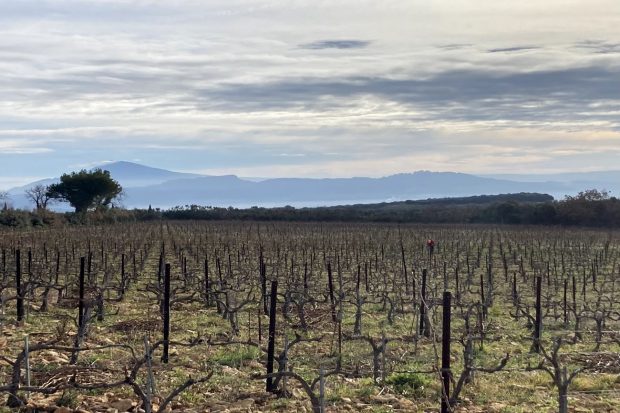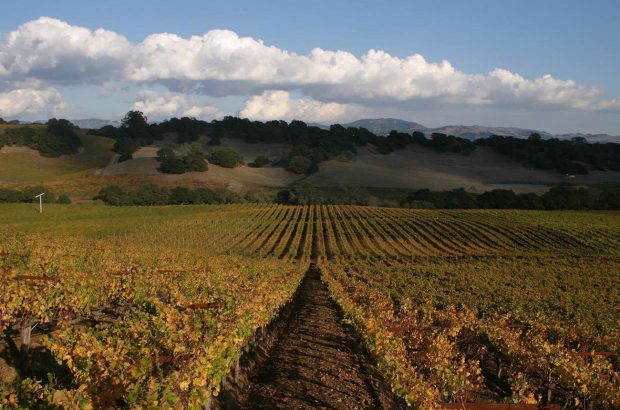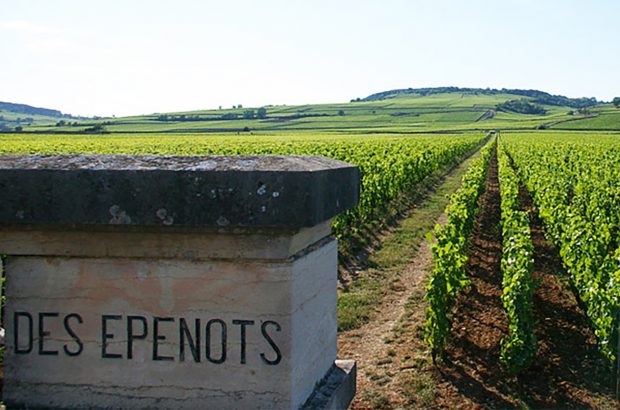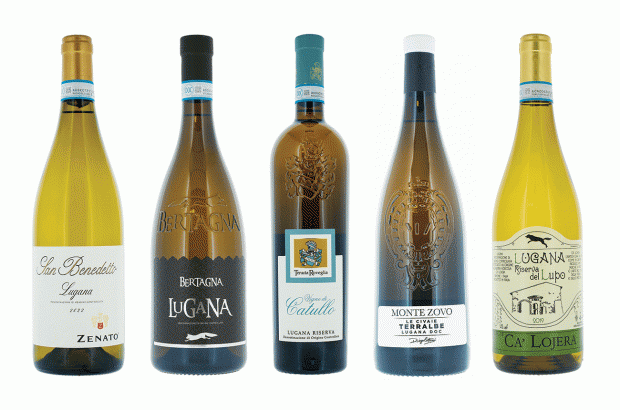Wine Legend: Didier Dagueneau, Silex Pouilly-Fumé 2002, Loire Valley, France
- Bottles produced About 8,000
- Composition 100% Sauvignon Blanc
- Yield 40hl/ha
- Alcohol 13%
- Release price US$75
- Price today £200
A legend because…
In the 1980s, a young Didier Dagueneau overturned conventional practice in Pouilly-Fumé. The son of the grower Jean-Claude Dagueneau, his first vintage was in 1982. Until then Pouilly-Fumé had often been a thin and weedy white wine with grassy flavours and trenchant acidity. Dagueneau learned how to make wines that were drinkable on release but also capable of ageing in bottle for many years. Though seen as a wild radical, Dagueneau was conservative in the sense of seeking to return to a time when serious, long-lived Sauvignons were made in the appellation. He created cuvées such as Silex and Pur Sang that were oak-aged yet always elegant. Since his death in a flying accident in 2008, the Domaine has been run by his son Louis-Benjamin.
Looking back
On my first visit in 1988, Dagueneau took me to the vineyards to show me how the majority of producers were overcropping, with potential yields well over the legal maximum. He believed about 50hl/ha was ideal. Moreover, clones were being planted that were far too productive. He deplored the fact that most vineyards were machine-picked, believing in selective hand-harvesting. At a time when almost all wines from Pouilly were aged in stainless steel tanks and bottled early, he matured his top wines, such as Silex, in a high proportion of new oak barrels, which, he believed, would give them the structure for long ageing.
The vintage
Spring was fine with no frost, but the flowering in June was uneven, reducing the crop by up to 20%. Summer was hot, though there were cooler, wetter spells. Rain in early September persuaded some growers to pick too soon, but the patient were rewarded with an Indian summer and ideal ripeness.
The terroir
There are different soil types in Pouilly, as in neighbouring Sancerre. ‘Silex’ means flint, and this soil type is mostly found around St-Andelain, where the Dagueneaus are based. The flint is mixed with clay, so it’s crucial that vines are planted in places that enjoy very good drainage. Didier Dagueneau was convinced this was the greatest terroir in the appellation, capable of producing wines that can age for decades.
The wine
Silex was just one of a number of Sauvignon wines made by Dagueneau, each with a different vinification and ageing. After harvest, the grapes were destemmed and given up to 24 hours’ skin contact, although Dagueneau later stopped the maceration as it lowered the acidity and could give wines that were too fat. Half the must was fermented in new oak barrels of 500L and 600L – as the years went by, the proportion of new wood was reduced; by 2002 it stood at about 25%.
The reaction
In 2004, Wine Spectator’s James Suckling said: ‘The aromas of white flowers, fresh earth and straw plume from the glass-like chalk dust, while a taut, racy palate provides flint-driven citrus, herb, smoke and lime flavours that just won’t quit. Amazing precision and cut.’
Stephen Brook tasted it in 2006: ‘The nose is dumb, but there’s a terrific attack, fine acidity and concentration. The finish is spicy and exceptionally long.’
In 2013, Sarah Ahmed noted ‘…vanilla, spice and honey on a weighty but poised palate… deliciously long, spicy and lingering, with absolutely no sign of fading’, while in 2015 Julia Harding MW found the wine very much alive: ‘…honeyed quince and cedar… just the most incredible balance on the palate between fruit intensity and tertiary complexity. Deep and long and so fresh it is almost tart on the finish, but… the whole is in magnificent balance.’







